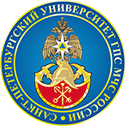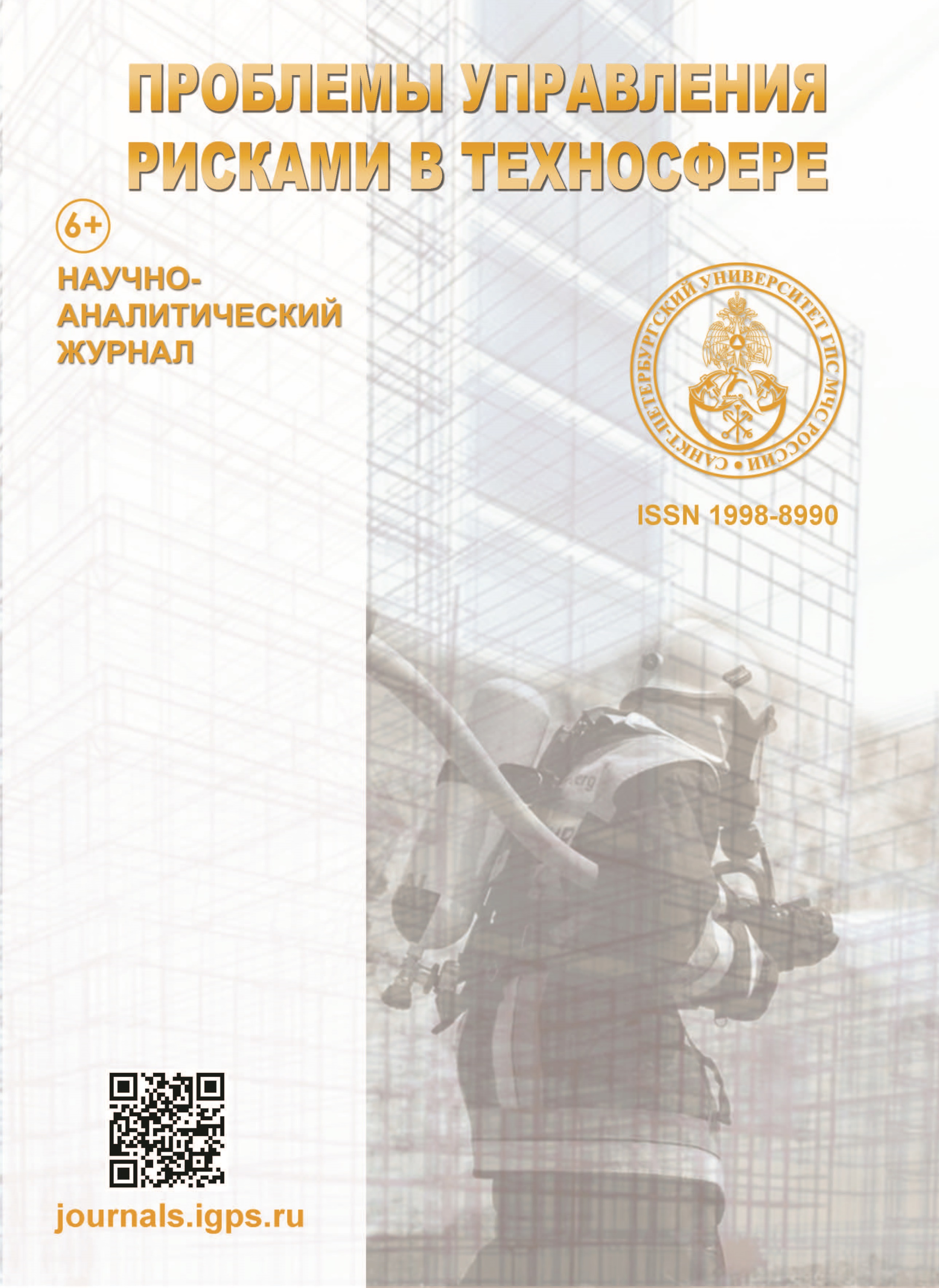Russian Federation
Russian Federation
Russian Federation
The purpose of this work is to draw the attention of fire automation specialists to the issue of the lack of a methodology for assessing the probability of timely detection of a fire by automatic fire detectors. At the same time, in regulatory documents on the calculation of fire risks at protection facilities, this parameter appears under the names «probability of effective operation» and «coefficient that takes into account the compliance of the fire alarm system with the requirements of regulatory documents on fire safety». At the same time, their values are fixed without a comprehensive analysis of statistical data on the operation of fire alarm systems on fires and without taking into account the impact of the service life of automatic fire detectors included in the system on the threshold of their operation. With this approach, the calculated values of fire risk values may differ significantly from the real ones. Therefore, the issue of the correct assessment of the probability of a timely fire by automatic fire detectors, and consequently, the fire alarm system formed by them, is relevant and requires a solution. The paper proposes to assess the probability of timely detection of fires by fire alarm systems based on a detailed analysis of statistical data on their work on fires, published annually in the statistical collections of Russian scientific research institute of fire protection of EMERCOM of Russia. In order to be able to conduct a detailed analysis, it is proposed to increase the volume of statistical data provided.
the probability of timely detection of fire, the service life of the fire detector, the calculation of fire risk, the volume of statistical data on the operation of fire alarm systems
1. Zajcev A.V. Lozhnye srabatyvaniya v svete trebovanij SP 484.1311500.2020 i GOST R 59638–2021 // Sistemy bezopasnosti. 2022. № 1 (163). S. 50–52.
2. Zajcev A.V. Trebovaniya ustojchivosti SPA k vneshnim i vnutrennim destabiliziruyushchim faktoram // Sistemy bezopasnosti. 2023. № 5 (173). S. 100–103.
3. Moth Ashwini Gopinath, Palmur Vinayak Vijay, Makarand Vilas Buddhe. A review article on automatic fire detection // International Journal of Innovation in Engineering Research and Technology. 2024. № 11 (1). P. 10–13.
4. Development of a method for assessing the reliability of fire detection in premises / V. Sadovyi [et al.] // Eastern-European Journal of Enterprise Technologies. 2022. № 3 (10 (117). P. 56–62. DOI:https://doi.org/10.15587/1729-4061.2022.259493.
5. Fire detection approaches for the modern world: a review / Juby Susan George [et al.] // International Journal of Engineering Research & Technology (IJERT). 2021. Vol. 9. Iss. 7. P. 88–93.
6. Sautin I.G. Osoboe mnenie. Mozhno li doverit' svoyu zhizn' dymovomu pozharnomu izveshchatelyu? // Algoritm bezopasnosti. 2019. № 6. S. 90–91.
7. Zavisimost' gibeli i travmirovaniya lyudej pri pozharah ot prodolzhitel'nosti pozharov / V.V. Harin [i dr.] // Bezopasnost' tekhnogennyh i prirodnyh sistem. 2021. № 4. S. 19–24. DOI:https://doi.org/10.23947/2541-9129-2021-4-19-24.
8. Ivanov A.N., Utkin O.V., Vikman A.V. Primenenie nechetkoj logiki dlya ocenki veroyatnosti vypolneniya pozharnymi izveshchatelyami funkcii osnovnogo naznacheniya // Prirodnye i tekhnogennye riski (fiziko-matematicheskie i prikladnye aspekty). 2019. № 3 (31). S. 42–48.
9. Poroshin A.A., Kondashov A.A., Sibirko V.I. Ocenka effektivnosti srabatyvaniya sistem pozharnoj signalizacii na ob"ektah promyshlennosti za period 2016–2020 g. // Bezopasnost' truda v promyshlennosti. 2021. № 4. S. 32–37. DOI:https://doi.org/10.24000/0409-2961-2021-4-32-37.
10. Ocenka rabotosposobnosti sistem pozharnoj signalizacii na ob"ektah zhilogo fonda za period s 2016 po 2020 g. / A.A. Poroshin [i dr.] // Tekhnologii tekhnosfernoj bezopasnosti. 2021. № 1 (91). S. 19–29. DOI:https://doi.org/10.25257/TTS.2021.1.91.19-32.







